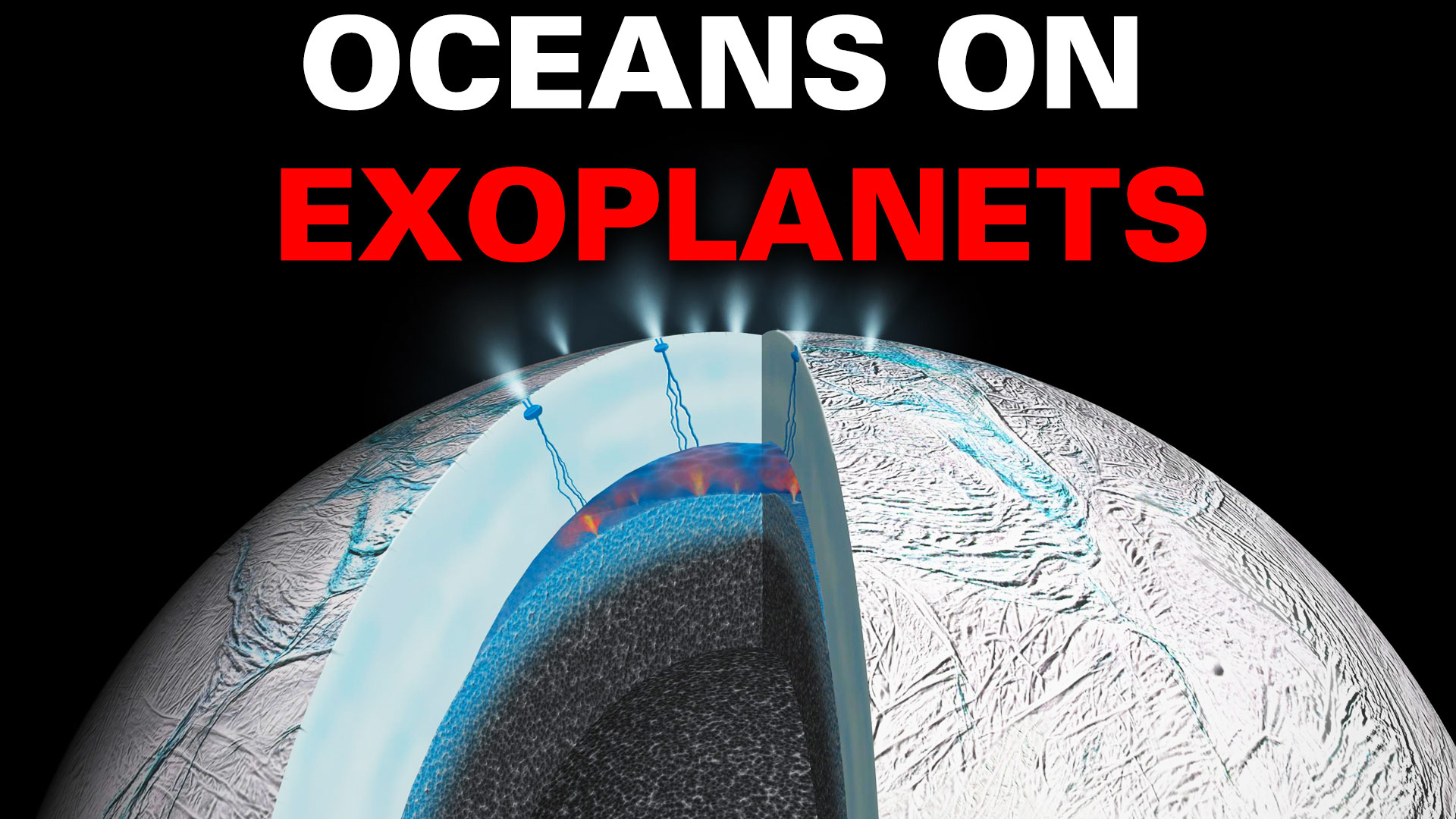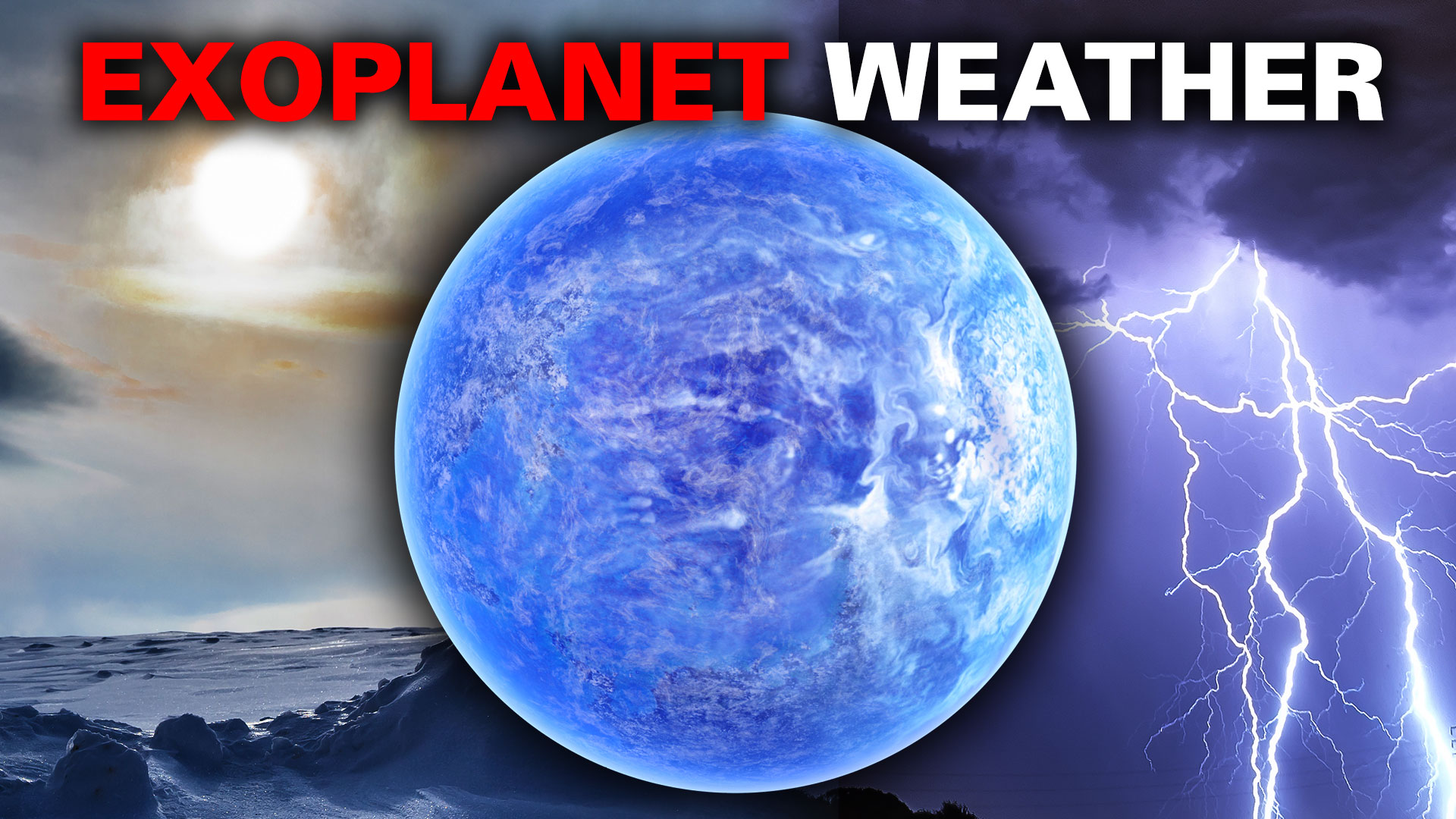The IceCube Neutrino Observatory, operated by the University of Wisconsin-Madison (UW-M), located at the Amundsen–Scott South Pole Station in Antarctica, is one of the most ambitious neutrino observatories in the world. Behind this observatory is the IceCube Collaboration, an international group of 300 physicists from 59 institutions in 14 countries. Relying on a cubic kilometer of ice to shield from external interference, this observatory is dedicated to the search for neutrinos. These nearly massless subatomic particles are among the most abundant in the Universe and constantly pass through normal matter.
By studying these particles, scientists hope to gain insight into some of the most violent astrophysical sources – such as supernovae, gamma-ray bursts, merging black holes and neutron stars, etc. The group of scientists tasked with advising the U.S. government on particle physics research is known as the Particle Physics Project Prioritization Panel (P5). In a recent draft report, “Pathways to Innovation and Discovery in Particle Physics,” the P5 team recommended a planned expansion of IceCube. This recommendation is one of several that define the future of astrophysics and particle physics research.
Continue reading “Scientists are Recommending IceCube Should be Eight Times Bigger”









